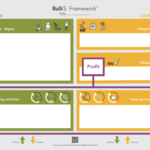
The origins of accounting
Summary: The origins of accounting are uncertain, various, and remain a mystery in parts of the world. However, one tantalising theory for its development in Western culture begins in Mesopotamia and is tied up with the invention of agriculture. The history of accounting is deeply entwined with the history of…Read more
Read more






















